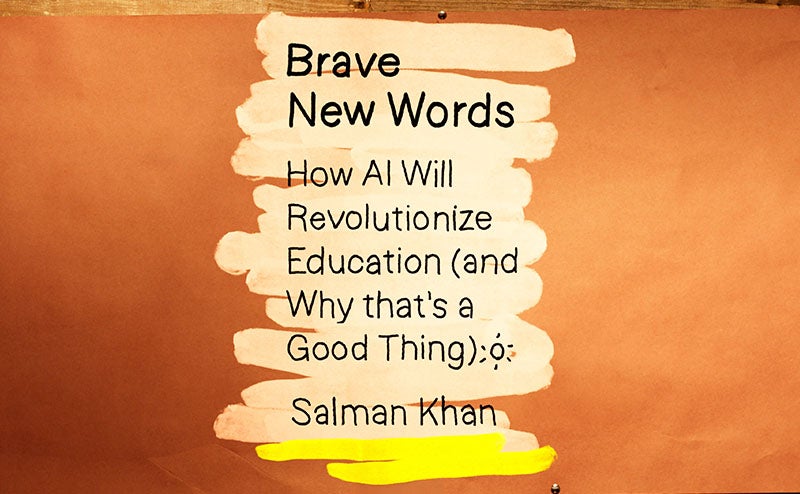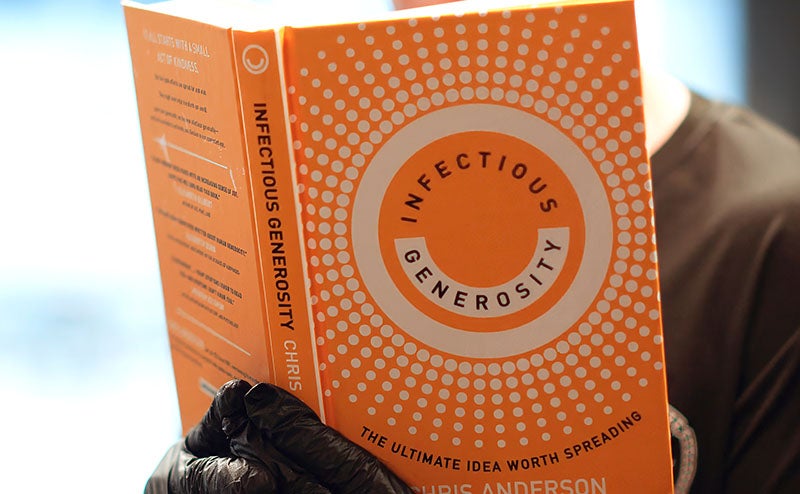Health workers have an unusual tool for fighting disease that turns our old thinking about treatment on its head.
Like most people, I don’t think I can be easily fooled. But that’s just what happened when I was asked to taste a chicken taco and tell whether the meat inside was real or fake.
The meat certainly had the look and the smell of chicken. I took a bite and it had the taste and texture of real chicken, too. But I was surprised to learn that there wasn’t an ounce of real chicken it. The “meat” was made entirely of plants. And yet, I couldn’t tell the difference.
What I was experiencing was more than a clever meat substitute. It was a taste of the future of food.
By 2050, the world’s population will grow to more than 9 billion and our appetite for meat will grow along with it. The demand for meat will have doubled between 2000 and 2050.

This is happening in large part because economies are growing and people can afford more meat. That’s all good news.
But raising meat takes a great deal of land and water and has a substantial environmental impact. Put simply, there’s no way to produce enough meat for 9 billion people. Yet we can’t ask everyone to become vegetarians. (As much as I like vegetables, I know I wouldn’t want to give up hamburgers – one of my favorite foods).
That’s why we need more options for producing meat without depleting our resources.
Some exciting new companies are taking on this challenge. They are creating plant-based alternatives to chicken, ground beef, even eggs, that are produced more sustainably, and taste great.
To see how food scientists are able to use plants to create meat alternatives, watch this video:
To be sure, this pioneering research is still very new, but the meat alternatives available now show great promise.
Companies like Beyond Meat and Hampton Creek Foods are experimenting with new ways to use heat and pressure to turn plants into foods that look and taste just like meat and eggs.
The chicken taco I ate was made using Beyond Meat’s chicken alternative. I wasn’t the only one fooled by how real it tasted. New York Times food writer Mark Bittman couldn’t tell the difference between Beyond Meat and real chicken either. You can read his review here.
Still, taste is subjective. Michael Pollan, author of The Omnivore’s Dilemma, was not so impressed with the meat alternatives currently available. He told me that while these innovative products have great potential, a lot more work needs to be done to improve the quality.
I also tasted Beyond Eggs, Hampton Creek Foods’ egg substitute, which doesn’t contain the high cholesterol of real eggs.
If you’re interested in tasting these meat alternatives, my friend Nathan Myhrvold asked the chefs at his Modernist Cuisine Cooking Lab to create some recipes with Beyond Meat’s chicken-free product. They cooked Chicken-Free Tikka Masala (watch the video and get the recipe) and Grilled Chicken-Free Strips and Vegetable Salad with Sunflower Seed Pesto (watch the video and get the recipe).
Try them for yourself. I think you’ll discover that you can create a nutritious, protein-rich meal that’s good for you and the environment.
You’ll be surprised it’s not the real thing.




